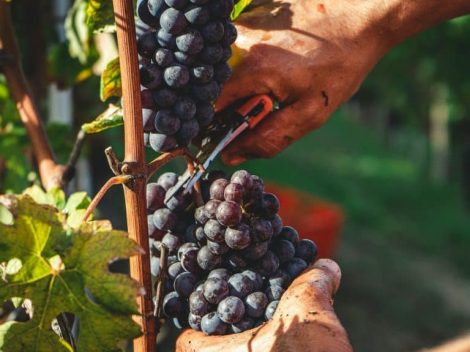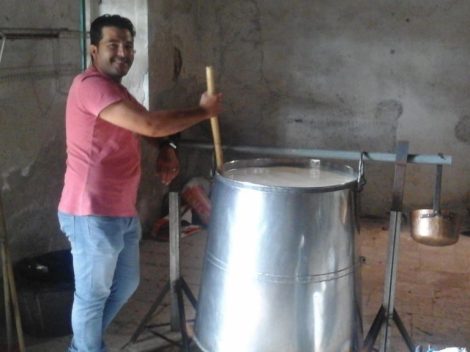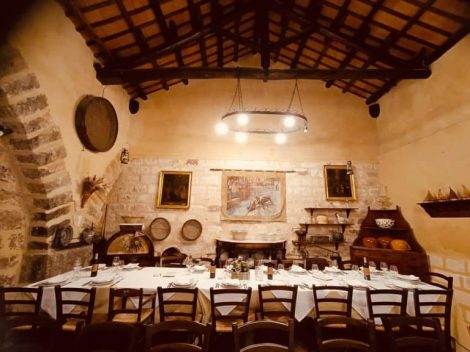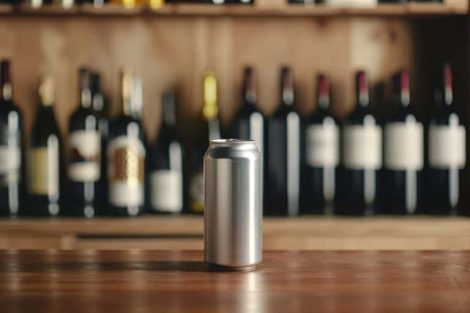For Italians, espresso at the coffee bar is a timeless ritual, one of the most rooted habits in the Italian culture. As well as coffee brewed at home with a stovetop moka, prepared in the morning waiting for the familiar mutter that indicates the arrival of the long-awaited black gold. There are also people who prefer a meditation beverage, enjoyed and prepared slowly, such as V60 or other filter coffees, but also people who do not particularly appreciate the taste of coffee. What to do then? There are several alternatives with and without caffeine to discover and savour, easily available on the market or to be made at home. Here are some ideas.
Alternative coffee beverages
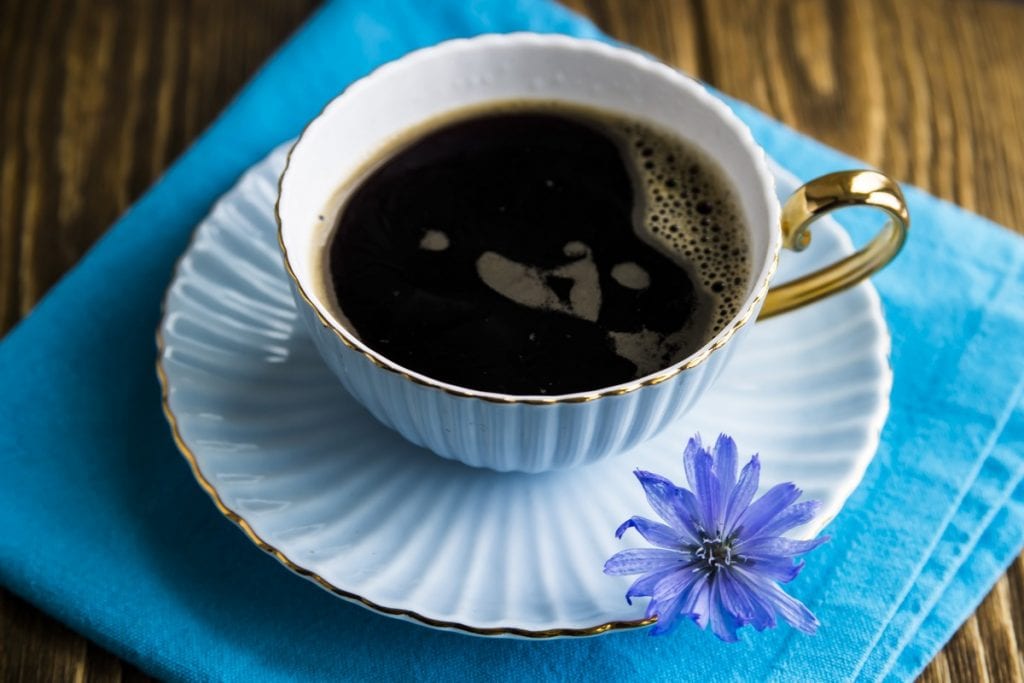
Chicory coffee
One of the most ancient and well-known wild greens, with bitter-tasting leaves and blue flowers (which bloom in spring), essential for the preparation of the "Chicory" remedy of Bach flowers, recommended in herbal medicine ideal for those who tend to worry too much. But coffee is also obtained from the chicory plant, produced starting from the long and tapered root, harvested in autumn and dried, then transformed into a black beverage. In recent years it has come back into fashion, but chicory coffee was first of all the coffee of our grandparents, a symbol of poverty and hardship: during WWII, coffee was one of the first products to be cut out, immediately replaced by barley or chicory beverages. Those few who were lucky enough to get real coffee beans, kept the grounds and reused them several times to prepare other cups. In 1939, the provision of the Chamber of Fasci and Corporations issued by President Costanzo Ciano banned the use of espresso at the coffee bar within the Parliament and at the Presidency of the Senate, a first step that was soon imitated by other private circles as well. In short, a historic drink, born around the first half of the 19th century and which for time represented a valid espresso surrogate, together with naked barley, a grain typical of the Marche region, or coffee made with toasted acorns.
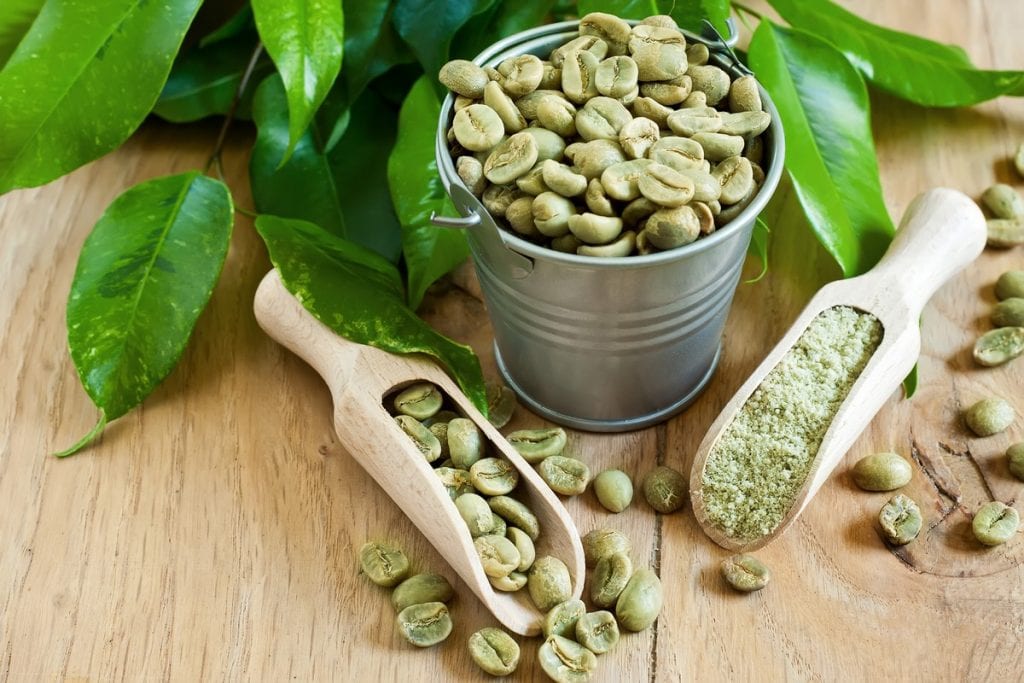
Green coffee
Perhaps not everyone knows that originally the beans of the coffee plant are actually green in colour. There is abeverage made with these raw beans, which instead of being roasted are left to dry, so as to maintain their natural colour. Today there are soluble preparations on the market, but it's advisable to start from whole grains, to be ground and then infused with hot water for about 10 minutes. Green coffee has become fashionable in recent times because it is considered slimming: it seems that the chlorogenic acid present in the raw bean facilitates weight loss. Of course, there are no miracle beverages, but it is definitely a product that has several properties. Our advice, as always, is to enjoy it in carefree fashion, only if you like it (in addition, it can be useful for those who don't tolerate caffeine, which in this case is absorbed very slowly).
Ginseng
The word ginseng refers to several species of the Araliaceae family, from whose roots a very popular drug (tonic and energizer) in traditional Chinese medicine is obtained. In the West, it is present in many supplements and especially in ginseng coffee, which is not a substitute but only a classic espresso added with ginseng. At least, that should be the case, but in most of the preparations on the market or in vending machines the product is actually composed of many other ingredients such as milk, sugar, fats, flavourings and stabilizers. The taste is therefore quite sweet and the appearance is more similar to that of a latte than an espresso. In the case of beverages made only with coffee (in a smaller percentage) and dried ginseng root, there are different properties: energizing; stimulating and tonic action that promotes concentration. It is difficult however to establish nutritional values for commercial products, which contain more components. Without a doubt, this is a valid substitute for people who do not particularly like coffee and prefer sweeter, rounder flavours.
Matcha tea
Matcha tea quickly conquered the palate of many aficionados, thanks to the popularity in 2017 of matcha latte, a dense and foamy green cappuccino. But what exactly is matcha? It is a Japanese green tea, present in two main varieties: ceremonial matcha tasted pure, and gastronomic matcha used above all in the preparation of ice cream, sweets and milk. In any case, we are talking about green powdered extracts that contain a greater amount of vitamins of the B and A group, beta-carotene, calcium and iron than other tea varieties. The fundamental nutritional value of matcha is epigallocatechin, a derivative of polyphenols that has antioxidant effects 20 times higher than vitamin E. To prepare a good matcha beverage, 1 or 2 teaspoons of powder are suspended in hot water, and mixed quickly until it dissolves: to do this, the Japanese use the chashaku, a special scoop, and the chasen, a wooden whisk.
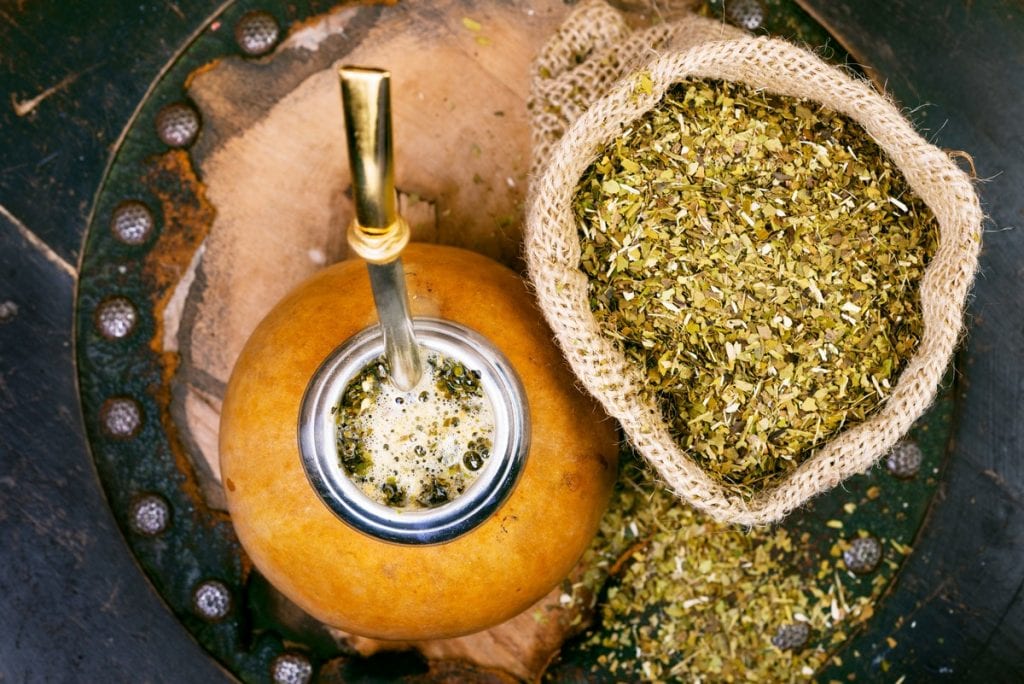
Yerba mate
Yerba mate is a beverage made from the plant by the same name, which has been widespread in South America since ancient times. It is usually enjoyed in the form of mate tea or as an infusion to drink hot or cold and has different properties: it has satiating effects, helps eliminate fats, is diuretic and rich in polyphenols which ensure an antioxidant action on the body's cells. In addition, it is an energizing drink, an excellent alternative to coffee: it contains a substance similar to caffeine called matein, which stimulates the nervous system and helps maintain concentration. Caffeine is also present, along with tannins and minerals, vitamin C and B vitamins.
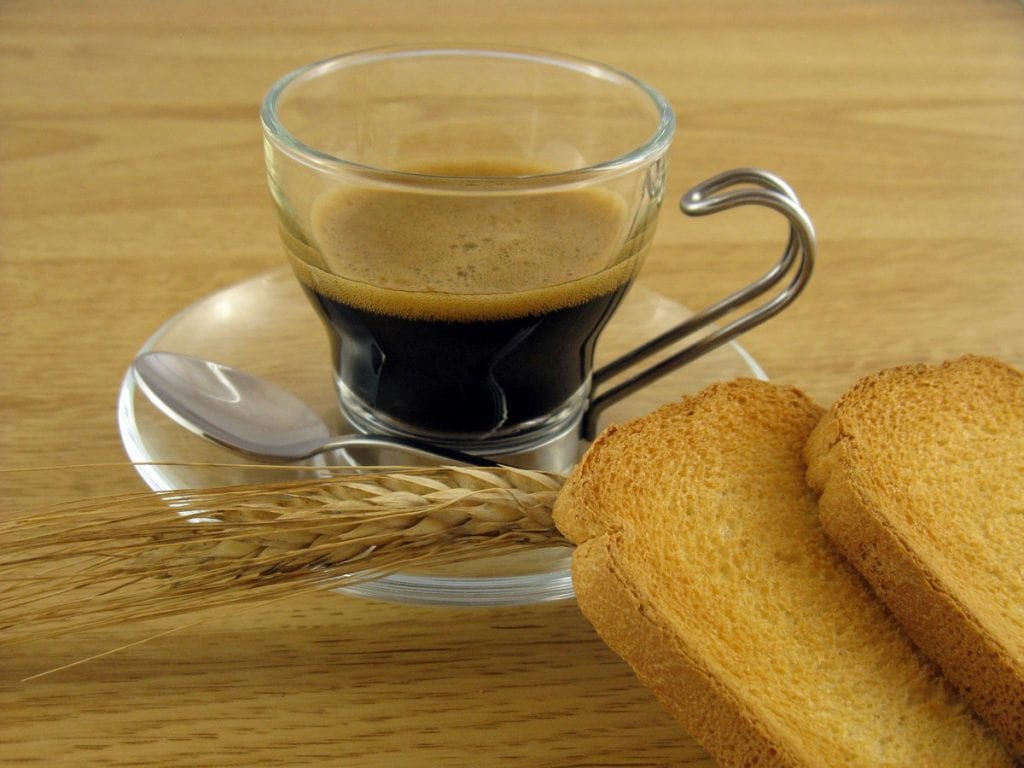
Barley
Along with chicory coffee, barley coffee (also called simply barley) was one of the first substitutes for coffee in wartime, obtained from the infusion of roasted and ground barley. It is a typically Italian beverage, often fed to children and young people who cannot yet consume coffee and very popular with people who prefer avoiding caffeine. One of the most popular products is the soluble version, which is diluted in boiling water, or in granules, but barley coffee can also be made with an espresso machine or a stovetop moka, as well as coffee makers specifically made for this.
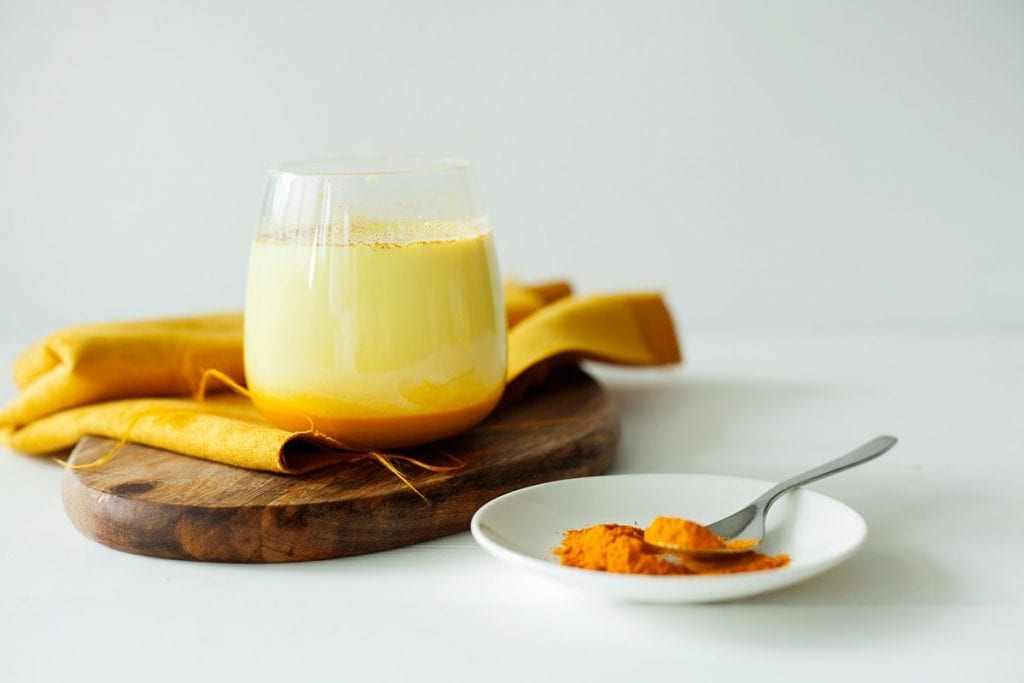
Golden milk
Just like avocado and goji berries, turmeric has also been under the magnifying glass of doctors and experts in recent years. Considered a superfood that has increasingly entered our kitchens also in the form of a beverage: golden milk. This is a tasty beverage that has been popular for some time, made with milk (usually vegetable, soy or almond), honey, water, black pepper and turmeric. In Italy it is a recent product, but in Southern Asia it has already been consumed for years, considered fundamental according to Ayurvedic philosophy, which aims to achieve well-being also through healthy nutrition.
Cascara
Still little known in Italy, waiting to be discovered: cascara is a by-product of coffee, made with the peels of coffee beans. Halfway between a filter coffee and a tea, cascara is an infusion made from dried peels (the name literally means "shell" or "peel" in Spanish) which, despite coming from the same plant, has a completely different taste from coffee. Among the most present aromas, notes of hibiscus, rose petals, red fruits, mango, floral scents reminiscent of distant lands, perhaps more of tea than a filter coffee. The preparation is also similar to that of tea: you can choose to infuse the skins simply with a filter immersed in hot water (between 90°–100°C), or use a French Press.
Maca
Also called "ginseng of the Andes" or "Peruvian ginseng," maca is a herbaceous plant that grows between 2,500 and 4,000 meters high, typical of the Andean areas and in the past considered a gift from the gods because of its ability to restore energy and resistance to tribes facing heavy workloads, famine and adverse weather. Maca powder can be diluted in hot or cold water, or added to smoothies, yogurt or other beverages. Despite being caffeine-free, it has powerful energising power, is rich in vitamins A, B and C, and contains a good percentage of iron, calcium and zinc. It stimulates concentration and is also indicated to fight flu symptoms, by boosting the immune system.
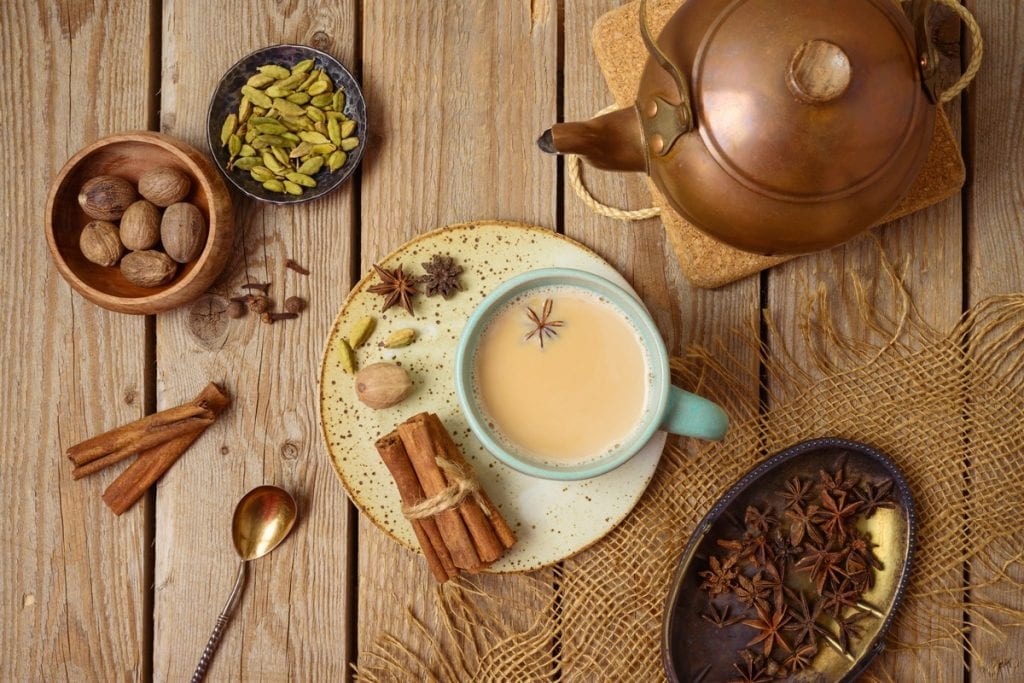
Masala chai
Now also popular in Western countries, masala chai is the product of excellence of Central Asia, widespread especially in India, Nepal and Pakistan. Literally, the name could be translated as "tea with a mixture of spices" and it is not difficult to guess why: to prepare it one starts from the spices, which must be boiled for a few minutes in water to release their aromas. Black tea is then added, which is left to infuse for a few minutes, and the masala chai is ready. It is traditionally served with milk, but many prefer to enjoy it as is, sometimes sweetened with a little sugar or honey. Its history buries its roots in ancient times and is closely linked to Ayurvedic tradition and herbal medicine: according to folk tales, the beverage - initially born as a pure infusion of spices in water - has spread for purifying purposes, to treat mild ailments such as headache, stomach pain and fever. In the 19th century, thanks to British rule, tea plantations began to acquire value, and the locals decided to add black tea leaves to chai. The tradition of adding milk, on the other hand, comes a century later, when to keep costs low, vendors began to flavour the drink with milk and sugar, thus reducing the quantity of tea to contain prices, given how it was the most expensive of raw materials.
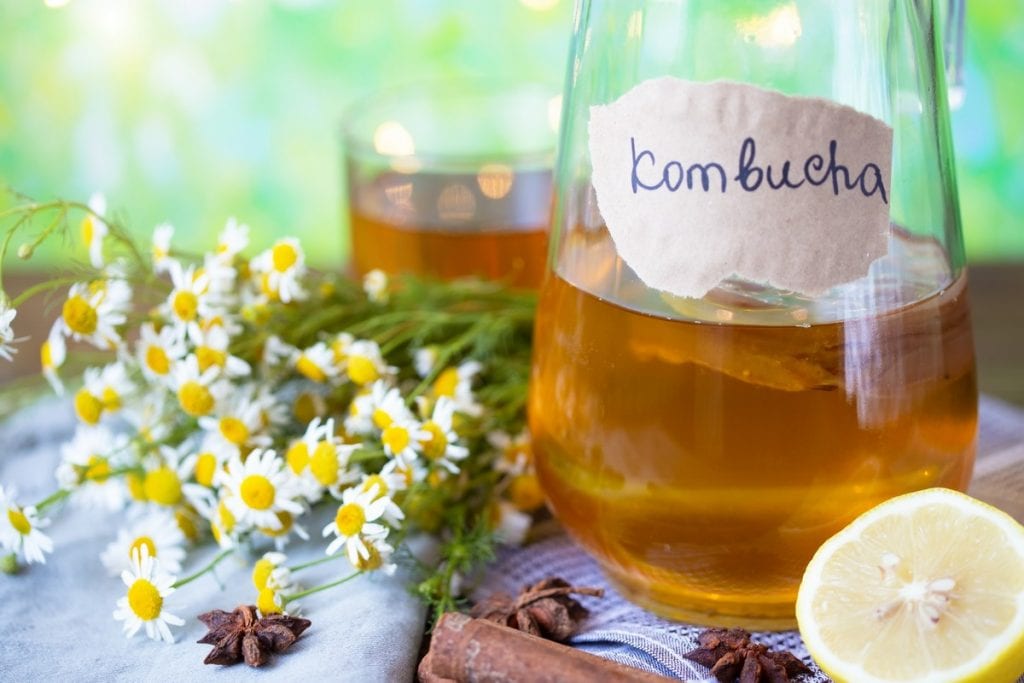
Kombucha
There are many theories about the origin of kombucha, according to some it was born in Manchuria, a region of north-eastern Asia, and named in homage to the Korean doctor Kombu who first used the fermented base to cure Japanese emperor Inyko. In fact, the word seems to be the union of the name Kombu and the Chinese term "cha," which means tea. Other stories instead maintain that the beverage was invented in 220 BCE in China, where it was known as the "tea of immortality." Among so many variables in the story, one fact is certain: kombucha has always been considered an elixir of long life, beneficial for health and detoxifying according to traditional Chinese medicine. But what exactly is kombucha? A fermented beverage that can be made with tea or other infusions and which, like all fermented products, represents probiotic food that enriches our microbiota, the community of microbes that lives in symbiosis with our organism and that allows us to maintain a healthy gut and lifestyle. For many it is the panacea for all ailments, from asthma to high blood pressure, atherosclerosis and dysentery. But the real proven benefit of the beverage is that it contributes to proper functioning of the intestinal flora. To prepare it, it's necessary to start from a base called SCOBY (Symbiotic Colony of Bacteria and Yeast), a set of yeasts and bacteria with a rubbery appearance which, in the presence of oxygen, activates the fermentation process. At which point it’s enough to just add tea and sugar or even other infusions, herbal teas or coffee.

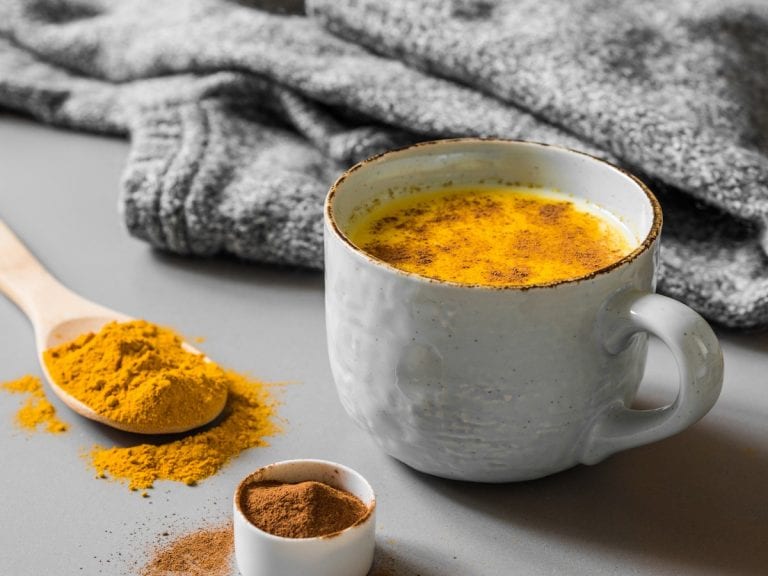
 "Chenin Blanc will be the new Chardonnay": Interview with Master of Wine Madeleine Stenwreth
"Chenin Blanc will be the new Chardonnay": Interview with Master of Wine Madeleine Stenwreth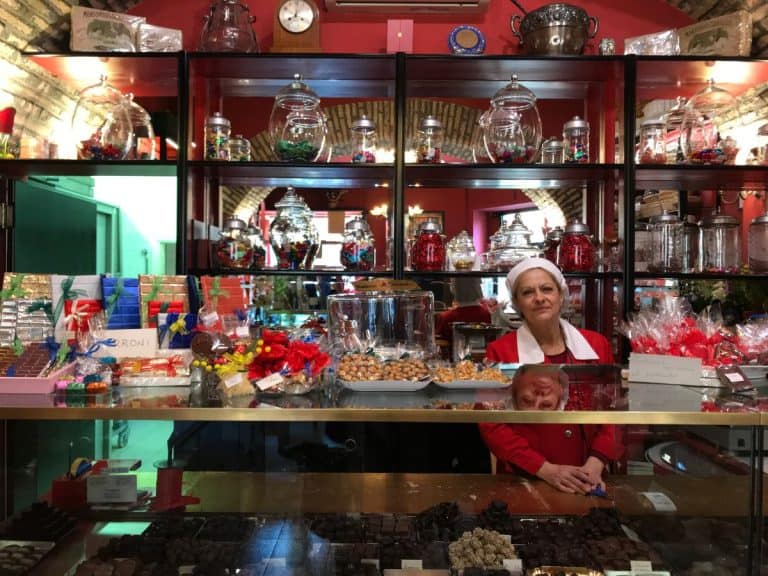 The ancient chocolate factory hidden in the alleys of Rome
The ancient chocolate factory hidden in the alleys of Rome The two sisters carrying forward one of the first wineries to bet on Bolgheri
The two sisters carrying forward one of the first wineries to bet on Bolgheri Women are the best sommeliers. Here are the scientific studies
Women are the best sommeliers. Here are the scientific studies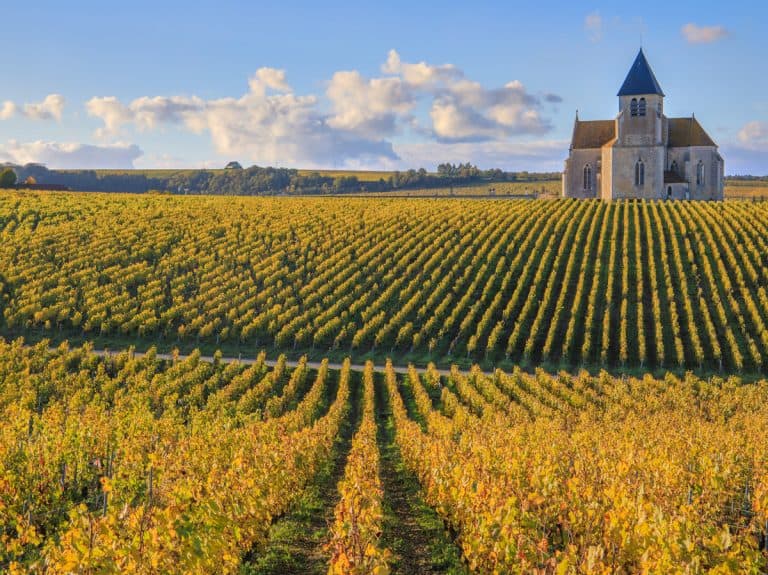 Burgundy’s resilience: growth in fine French wines despite a challenging vintage
Burgundy’s resilience: growth in fine French wines despite a challenging vintage